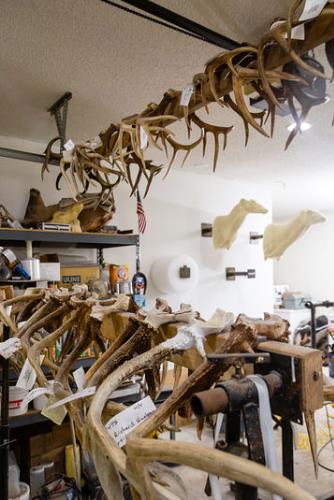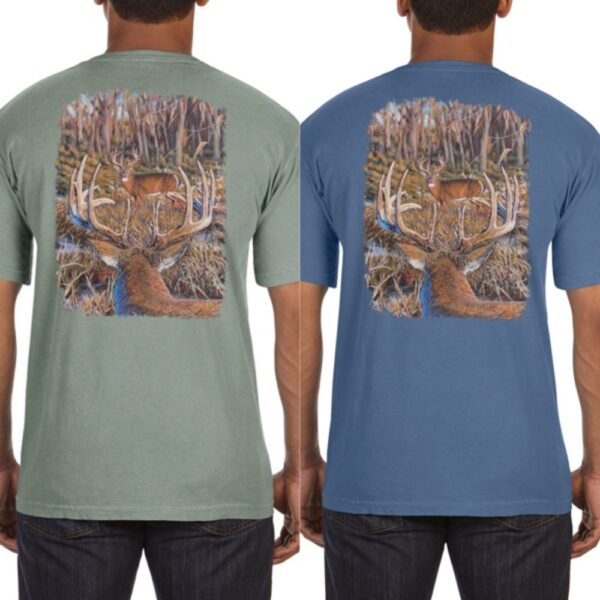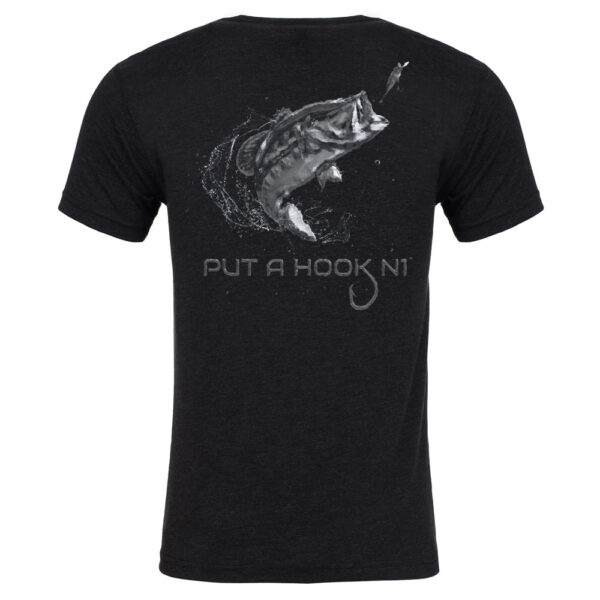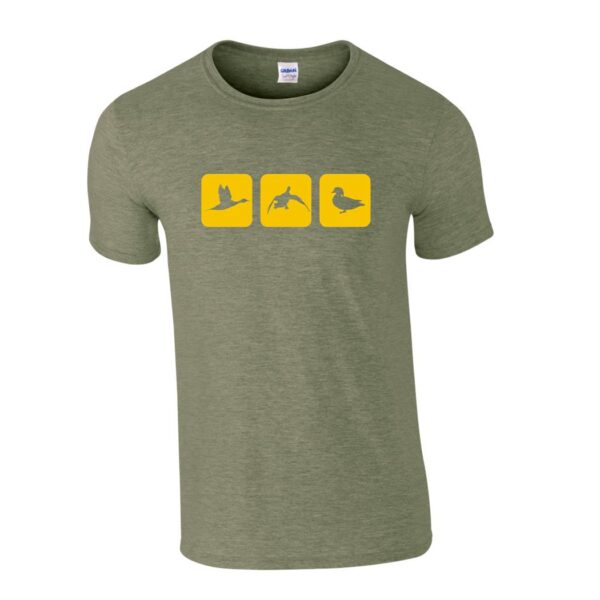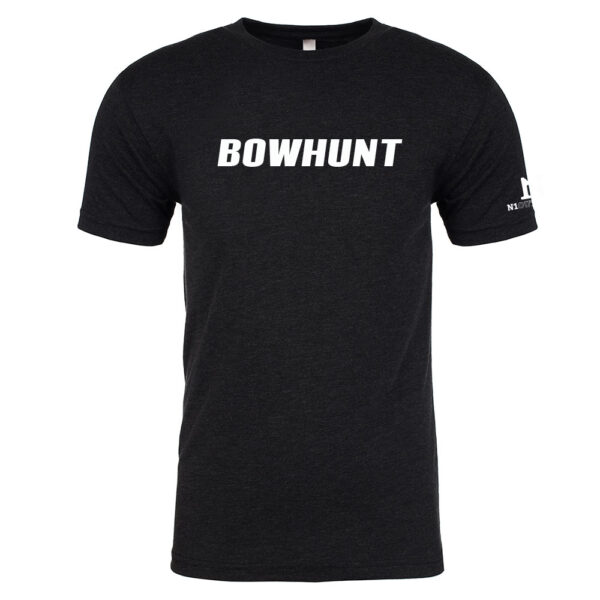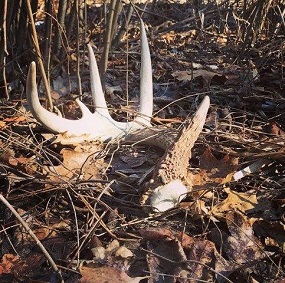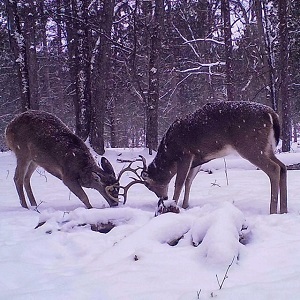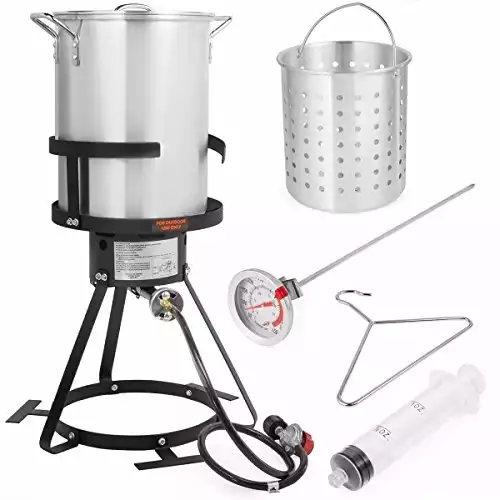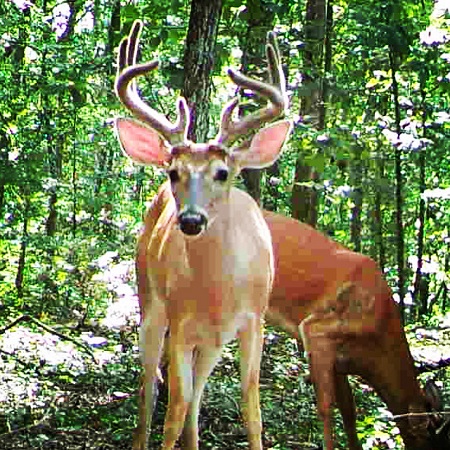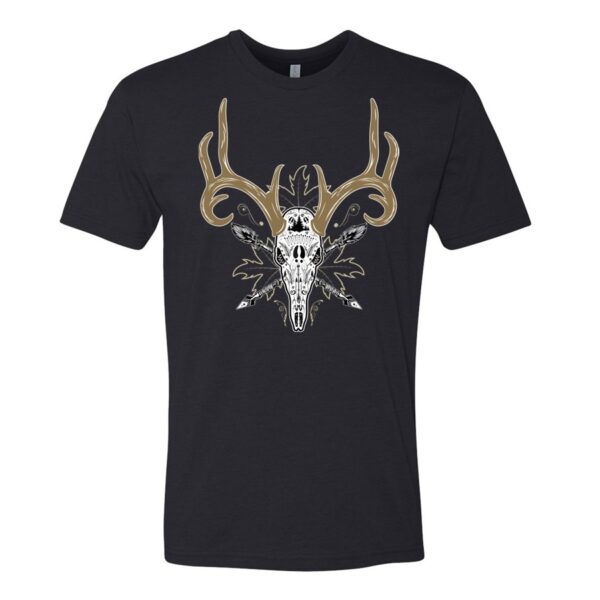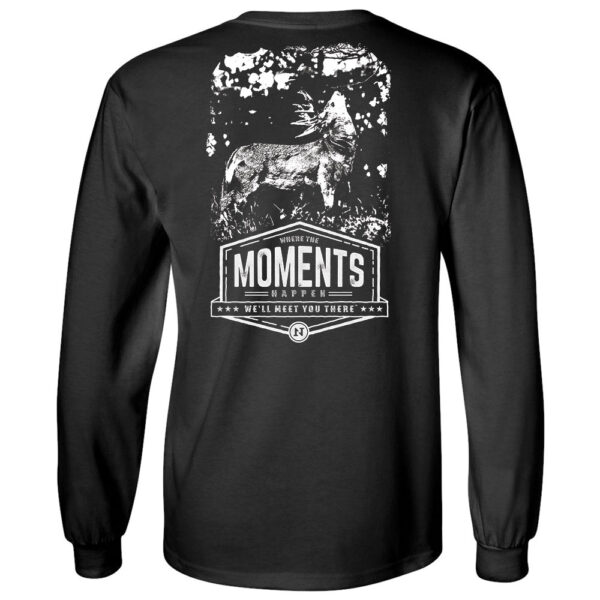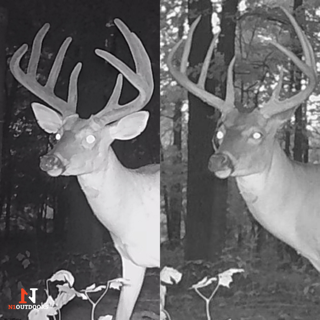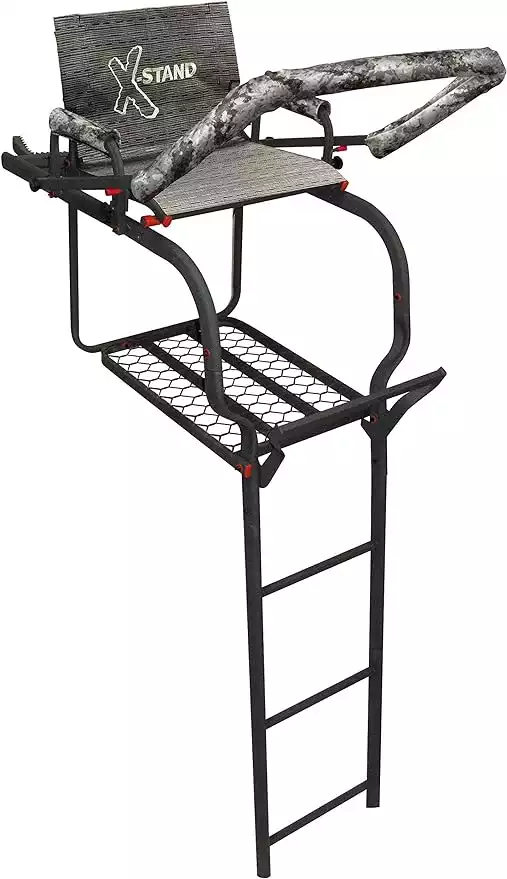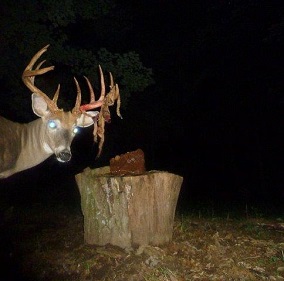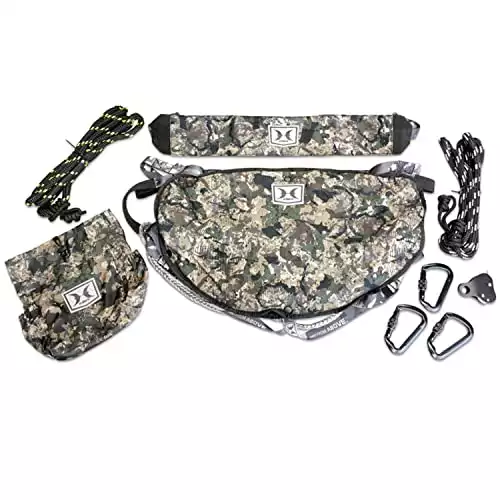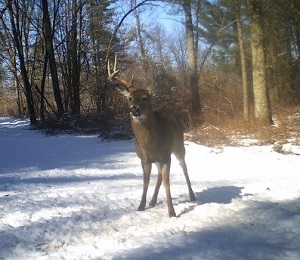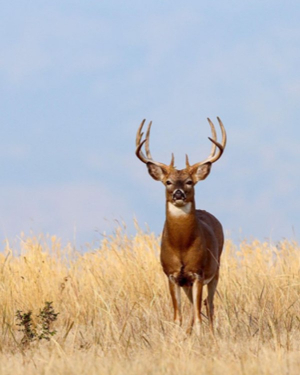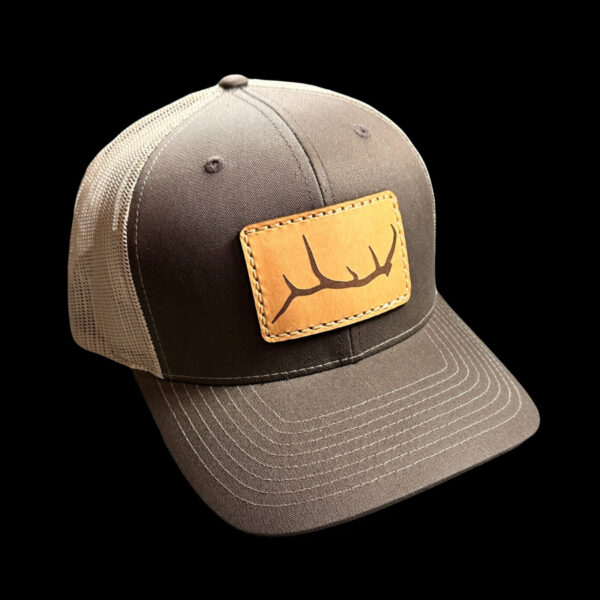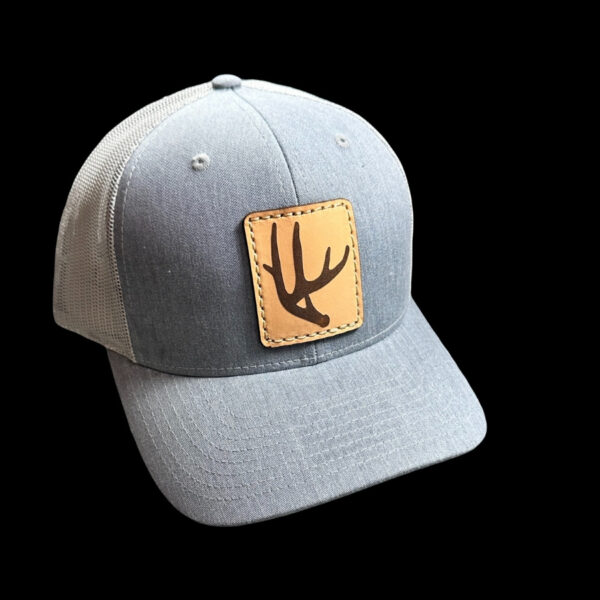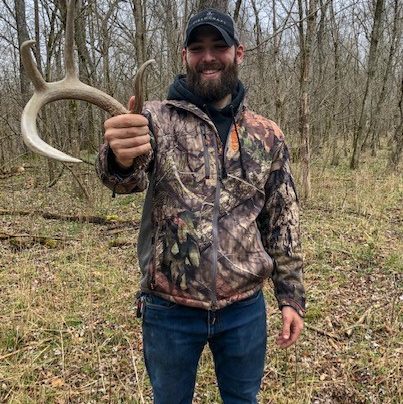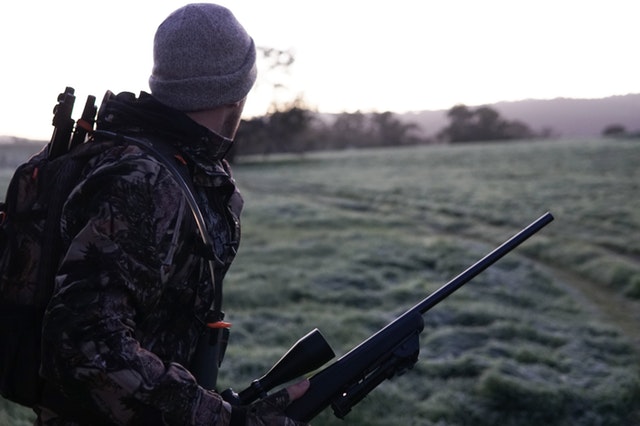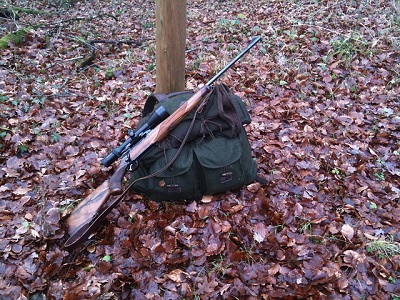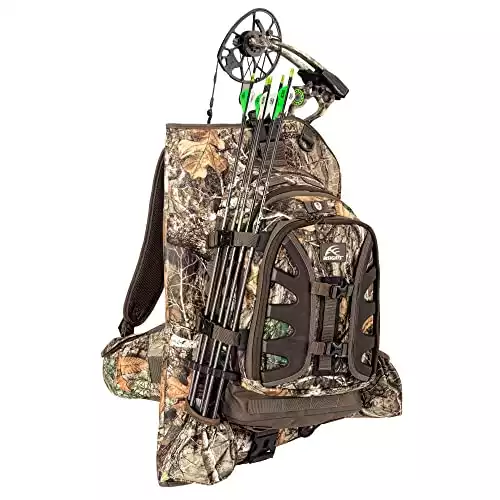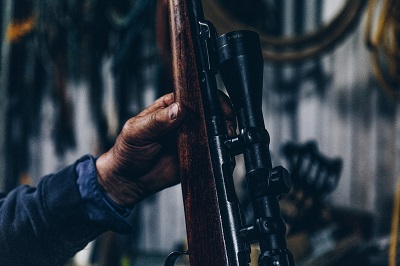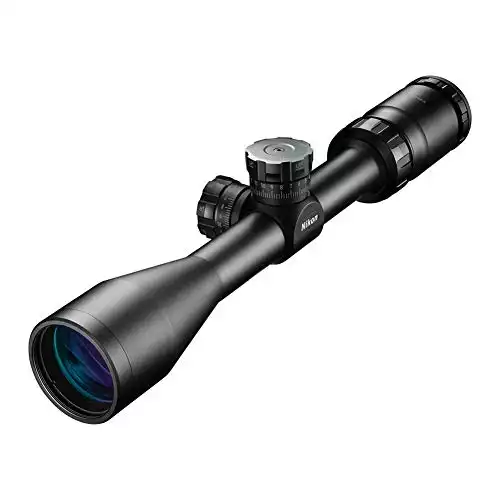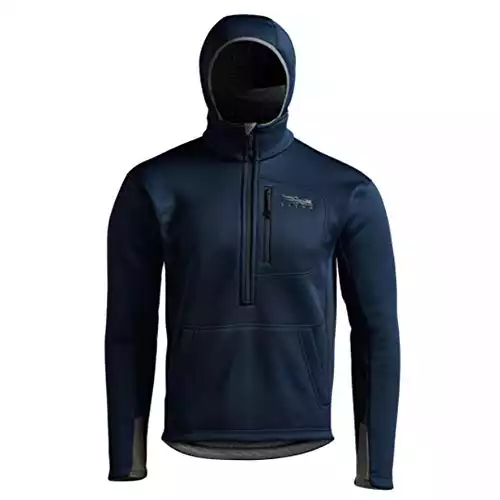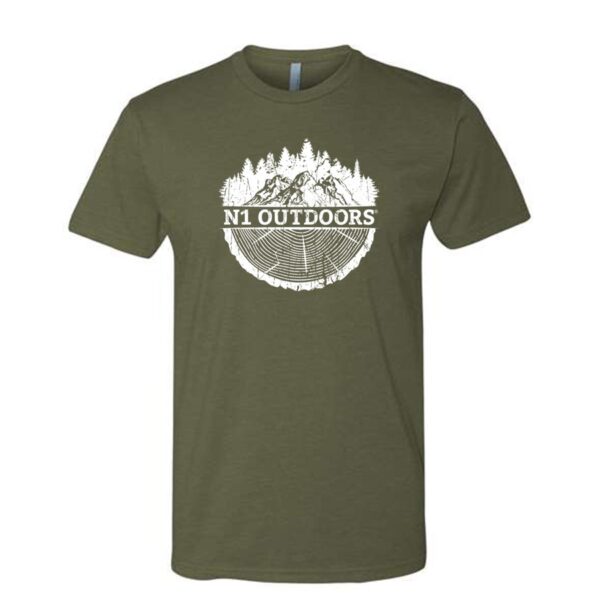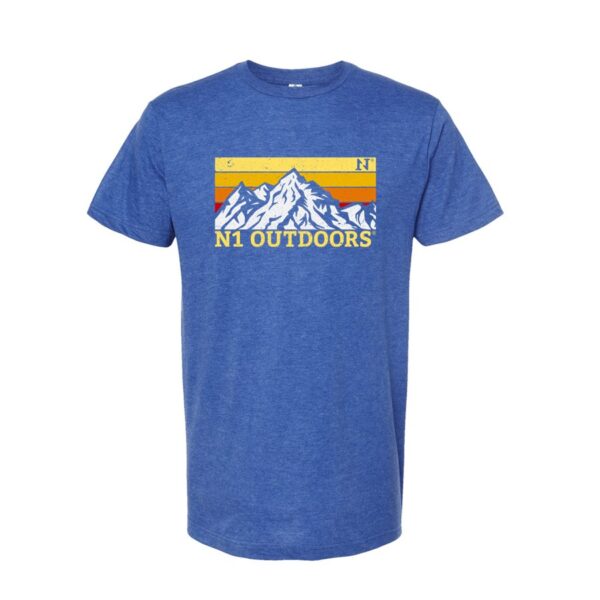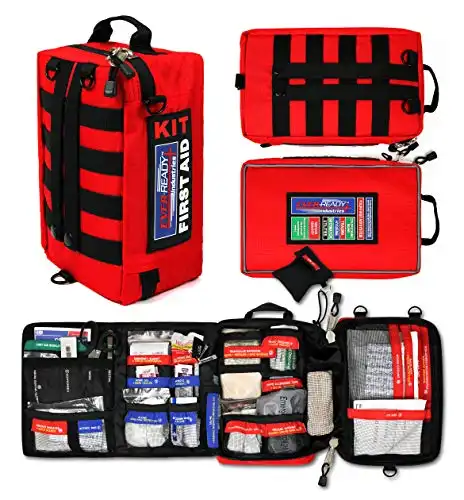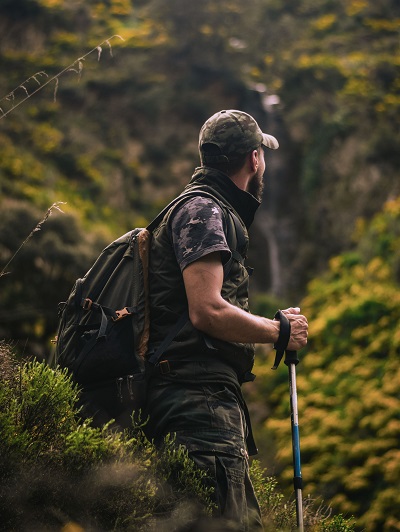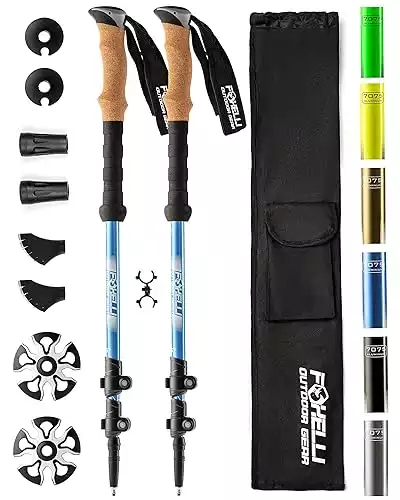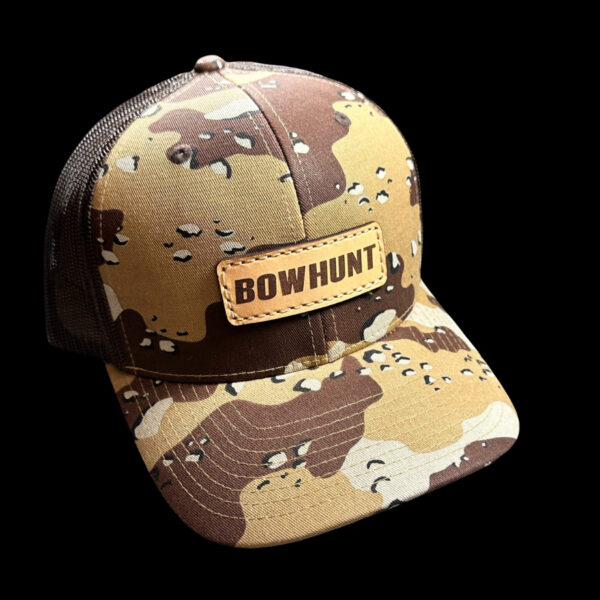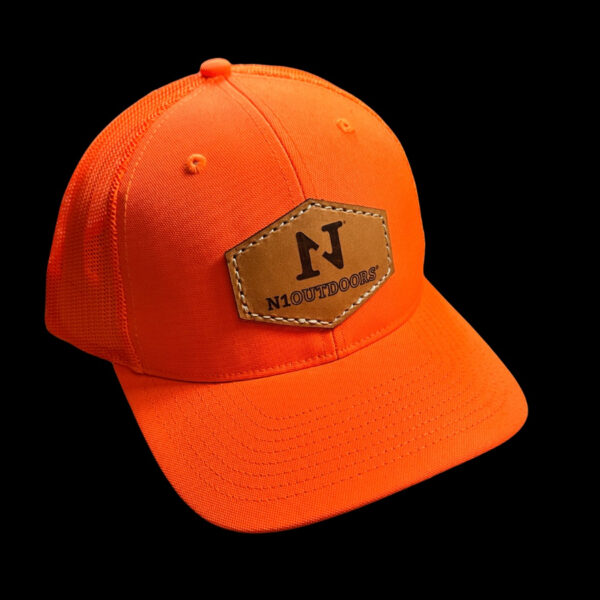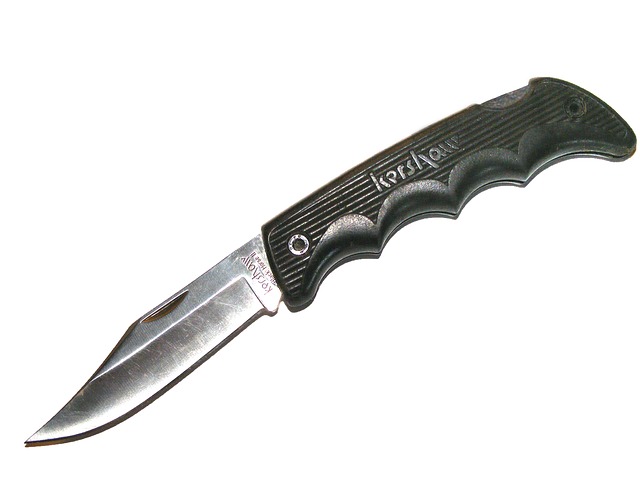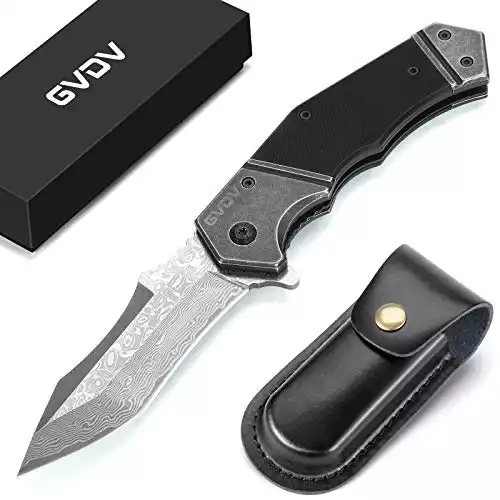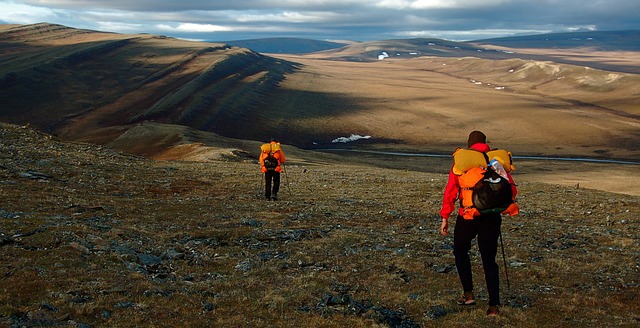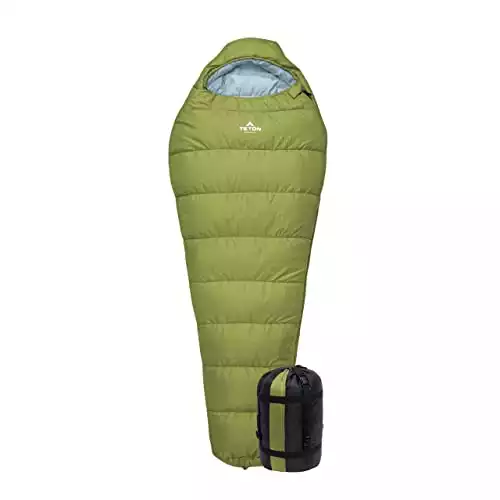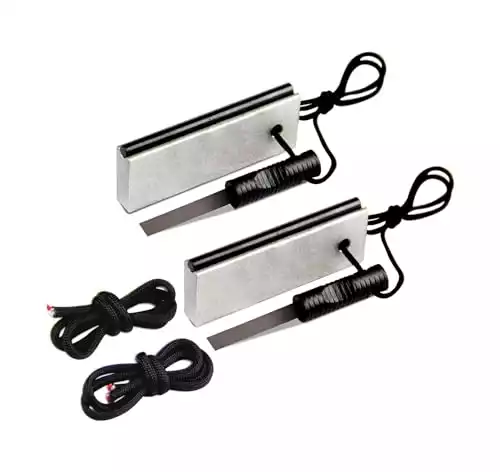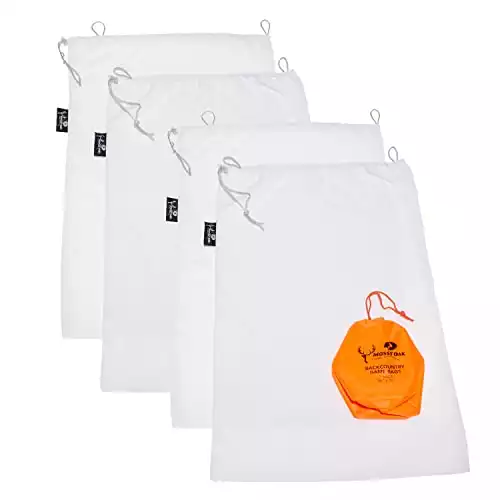– By D. Price
Okay, I know many of you ask yourself, “how do I go about choosing the right taxidermist,” am I correct?
Of course, you could just speak into your phone an say, “taxidermist near me.”
But, that’s not going to tell you what you really need to know.
In this article, I’m going to explain what you should be looking for in a taxidermist that you will be contracting to mount your trophy of a lifetime.
Just like anything else, first impressions are everything. If something doesn’t sound, look or even feel right, always trust your gut.
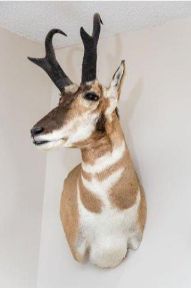
Your trophy is worth you putting in the time to find out some specifics about the taxidermist you are planning to use.
Questions That Need Answers When Choosing a Taxidermist
The answers to the following questions do not necessarily determine whether a taxidermist is competent or incompetent. However, you might learn enough to know whether or not you feel comfortable enough to risk putting your trophy in that person’s hands.
Is The Taxidermist “Online?”
In this technology-dominated era, one question worth finding out is, does the taxidermist you are considering for your trophy have an internet presence?
These days, almost all legit companies have some sort of online footprint, whether it be a fancy website, or a social media business account. So, do your homework!
What Is Their Contact Information?
Does the taxidermist you are considering have a dedicated business landline? If the answer is no, this is not necessarily a deal breaker, but it could be a sign of cutting corners if it is their home phone or a mobile phone only.
Do they have a local area code for their business phone number? If not, it could mean that this person moves a lot, bouncing around and taking deposits and trophies with them and just never changing their contact information.
There are a lot of “here today, gone tomorrow” taxidermists out there. So, be careful!
What Type Of Payments Are Accepted?
A very important question to find out the answer to is, does this taxidermist accept only cash and/or ask for full payment upfront?
Now, you can always expect to pay a deposit before the work is started, but usually 50% is sufficient.
Demanding full payment up front and/or only accepting cash is a big red flag!
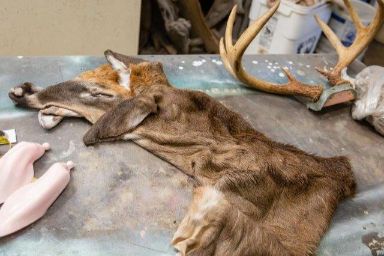
Paying a taxidermist in full before doing the work could lead to your work going unfinished for long periods of time.
Being paid in full could give a taxidermist little incentive to complete your project in a timely manner, or in extreme cases, complete it at all!
Cash only transactions could mean they are hiding, or trying to hide, something from the IRS or the bank. There is no reason to not at least accept a personal check or even credit/debit cards.
If they are running from the IRS, they could easily disappear on you.
Also, make sure you sign a work order or contract with them on the work to be done. This agreement should explain in detail what is expected in the end-product, as well as the deposit paid and balance due. This will help to keep both you and the taxidermist on the same page regarding your requests and desires for your trophy mount.
What To Look For In Quality Taxidermy
Now that we have the business end of the matter out of the way, let’s discuss quality.
There are many levels of quality in taxidermy, just as there are in any other service industry such as home repairs, mechanics, restaurants, lawn care, etc.
Are you looking at getting your buddy that practices taxidermy on the side or as a hobby to mount your trophy whitetail? Or, are you looking a high-end professional job when it is all said and done?
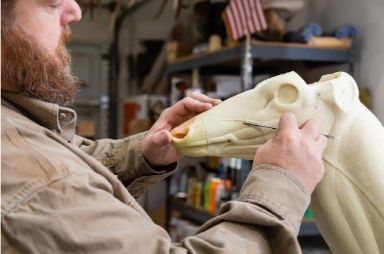
In taxidermy, the old adage is typically true… You get what you pay for.
Remember, this is something that you are going to display in your home or office that reminds you of a memory of a special moment in your past. You will be looking at this “piece of art” for the rest of your life. So, think it through.
There are taxidermists out there for everyone’s expectations as well as budgets. But, don’t have high expectations on a low-budget and do not settle for shoddy work when paying premium prices. It’s up to you to determine what you want, and what you are willing to pay for, in your taxidermy work.
Taxidermy Details (There’s More To It Than You Think!)
On to the work itself! Are you looking for standard, what we call “straight out of the box” taxidermy?
Or, are you wanting custom, all the bells and whistles taxidermy, that gives you and your guests the “WOW” factor when walking into the room to see it? Again, this is your decision to make, and it’s your money you are spending.
Some of you may be thinking, “what are the ‘bells and whistles’ in taxidermy? After all, a deer head is a deer head. A life-size bear is a life-size bear, right?”
Wrong!
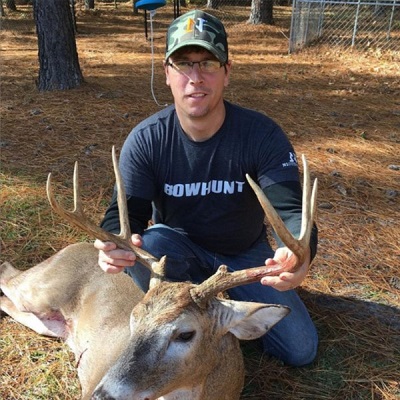
When you harvest the “one” you’ve been hunting for so long, don’t let just anyone do your mount.
All taxidermy work is not created equal! For instance, do you want your finished whitetail mount to have a solid jet black nose? Or, do you want to have the nose look realistic and show all the depth and colors that are really in a deer nose (believe it or not a whitetails nose is not solid black)?
Do you want the high-end glass eyes that look alive with white banding and veining detailed into them? Or, do you want generic, solid brown or black plastic eyes, just to fill the void in the mount?
What about your mountain lion or grizzly bear, even something smaller like a fox, bobcat or coyote? Do you want them to look realistic and alive, or look like a cartoon character having a bad day? Because, you can get either one.
These are all things you NEED to discuss beforehand with the taxidermist to make sure he/she can meet your expectations.
Don’t go by the ad they have in a magazine, on a billboard sign with trophies and ribbons in the back ground, or their website covered with competition pieces they have put hundreds of hours into to get those plaques and awards.
>> Check out more N1 apparel designs and the stories behind each!
Be A Detective
Go into the taxidermist’s showroom and view other clientele’s work that is waiting to be picked up. Go view someone else’s mount in their home that has been completed by the taxidermist in question.
You want to see what goes out of the shop on a day-to-day basis and make your decision based on those pieces, as opposed to the ones that were meticulously done with the intent of pleasing a judge at a convention and had professional photographers doing photo shoots for the website or ads.
I’m not saying that the competition pieces are a fluke, but it’s worth questioning whether a taxidermist produces, within reason, the same high quality, eye-pleasing work for everyday customers.
More To Consider When Choosing a Taxidermist
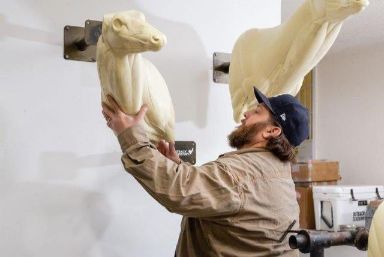
Not all mounts are created equal. Be sure you have asked your taxidermy candidates the detailed questions for deciding who to go with.
There are some more things to consider when choosing the taxidermist you would like to handle your work.
What Is Their Niche?
All taxidermist have their niche. They may not admit it, but they do.
So, just because taxidermist (A) does an awesome job on your trophy mule deer from your Wyoming hunt last fall, do not automatically assume he/she will do a high-quality job on that largemouth bass or giant catfish you just caught out of your private farm pond, or that beautiful pintail drake you harvested back in the winter on that frigid coastal morning you’ll never forget. You very well may need to get taxidermist (B) and maybe even taxidermist (C) involved to take care of these projects for you.
Also, you do not have to settle for the local guy if his work is not up to your standards. Trophies are shipped all around the world daily, so don’t think you are limited to a certain area.
When Your Trophy Is Not In Your Town
If you are planning an out of state or even out of the country hunt, and you are using a taxidermist in your hometown, check with them to see about expediting your skins, trophy antlers and/or horns back to you, or to the taxidermy shop, BEFORE you leave for the hunt. They should know all the ins and outs of taking care of these sort of things.
Likewise, if you are using a taxidermist local to where you will be hunting, inquire about the cost and process of getting your trophies back home before you leave them. Failing to find out the answer to this question could cost you big money, or even worse, the loss of your mounts.

Be sure that you take the time to choose the right taxidermist, so that your unforgettable memory can be viewed by all for years to come.
Turnaround Time
Turnaround time to get your work back is another big issue for most hunters and taxidermists alike.
Always ask when you can expect to get your trophies back. Keep in mind it is an estimated time frame.
So many things can happen between drop-off and pick-up that are out of the control of both parties. For example, work load, illness, weather, family issues, can all affect turnaround time.
No one wants to hear excuses for why something doesn’t go as planned, but if your taxidermist gives you a completion time of six months, don’t call them at the four month mark asking, “Hey, just checking on the progress…” Give them the six months you agreed upon.
Likewise, if he/she gives you a one-year turnaround time frame (and you don’t have a problem with it), and a year goes by without an update, by all means give them a follow up call and they should be able to give you a much more accurate completion time at that point.
If the turnaround time is an issue for you and you would like to get it back sooner, most taxidermists offer a rush service, and for an extra fee will jump your project in front of others and give you a certain pick-up date for the extra charge.
Conclusion
At the end of the day, it is your responsibility to choose the right person for your taxidermy job. Just like the time and money you put into your hunting food plots, equipment, traveling, scouting and guide services, you should also expect to put that same effort into your search for the right taxidermist for the trophies you harvest and would like to mount. The animal deserves that from you.
Just as you put in the legwork for that once in a lifetime buck, put that same effort into preserving that memory for a lifetime.
Happy and safe hunting and fishing to everyone!
D. Price, Outback Taxidermy
919-562-4280


